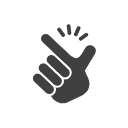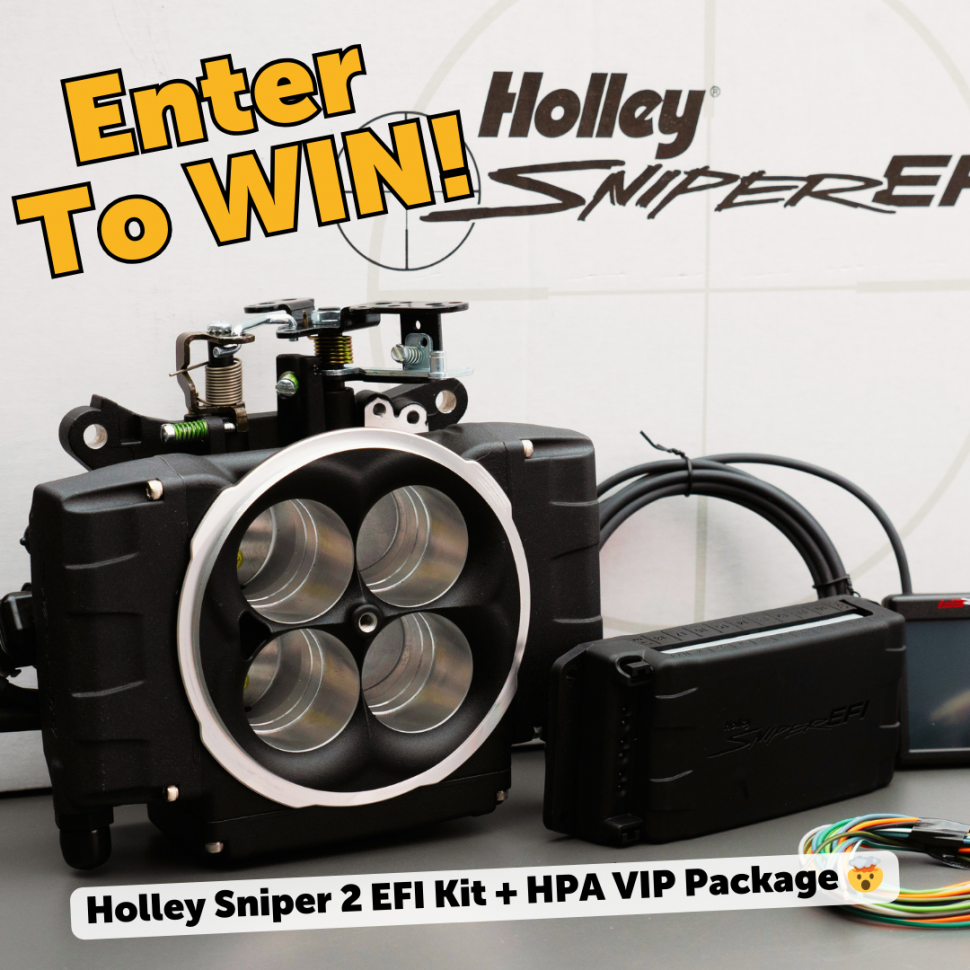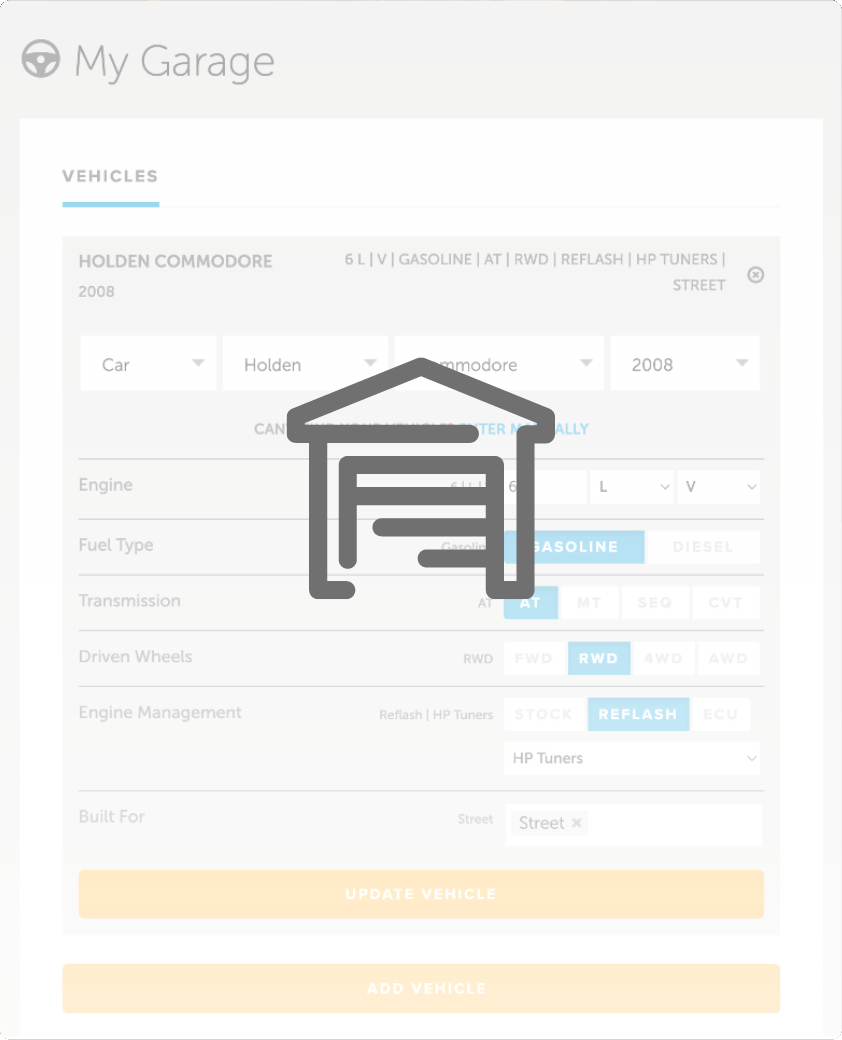| 00:00 |
The 3D scanner is a finely tuned instrument, capable of measuring with extreme precision, and like many other precise measurement devices, it needs to be calibrated for the best results.
|
| 00:10 |
It should go without saying that the scanner also needs to be kept clean and in good condition.
|
| 00:16 |
Dust, dirt and moisture will not only affect the performance of the scanner, but also shorten its lifespan.
|
| 00:22 |
Ideally we should follow the supplier's recommendations here, but generally this just involves the use of a soft cloth to clean the scanner's lenses, sensors and surfaces, avoiding the use of any harsh chemicals, liquids or abrasives.
|
| 00:37 |
Past this we need to be sure to store the scanner in a clean, dry and safe place, like the case that it comes in.
|
| 00:44 |
Back to the main focus of this module, calibration is the process of adjusting the 3D scanner to make sure it measures and captures the dimensions and shapes of the object or environment that we're scanning accurately.
|
| 00:56 |
To some degree the accuracy of every scanner will decrease after repeated use, and so this calibration is required to maintain the accuracy of the scans.
|
| 01:06 |
Every scanner is different in this case.
|
| 01:09 |
Some need to be calibrated before every scan, or after a certain number of scans.
|
| 01:14 |
If we ever change the scanner settings, then it's also best practice to calibrate the scanner afterwards.
|
| 01:20 |
It's also important to take physical measurements that allow us to double check the dimensions of our scans, so if we find that these don't match up, then there's a good chance our scanner needs to be calibrated.
|
| 01:31 |
If we're scanning in very different environments, for example low light in workshops, or outside in bright sunlight, this can affect the calibration of some scanners.
|
| 01:40 |
So again, it can be helpful to calibrate the scanner in the environment before starting a new scan.
|
| 01:47 |
For scanners that allow the adjustment of the depth of focus and the field of view, any changes should be followed by a calibration.
|
| 01:55 |
The act of actually calibrating a scanner differs between the brands and models, but typically involves the use of a calibration board.
|
| 02:03 |
This board will have a geometric pattern over its surface, typically black and white squares or target dots, spaced and arranged specifically in a way that the software and the scanner will be looking for.
|
| 02:14 |
If targets are used, they'll likely be the same as the positioning targets we're going to discuss in a coming module.
|
| 02:21 |
Jumping ahead slightly, these usually consist of a small black circle, with a smaller slightly reflective silver inner circle in the form of an adhesive sticker.
|
| 02:31 |
They also tend to be a specific size for each scanner and software, so just like the calibration board, the scanner will be programmed to pick these up.
|
| 02:40 |
The calibration board will come with the scanner and there will also be instructions in the user manual detailing the process, which should of course be followed.
|
| 02:49 |
Generally speaking, we can start the calibration process inside the software, and from here we'll most likely be instructed on what actions to take, which will typically involve pointing the scanner straight at the calibration board and moving forward and back throughout the range of the scanner's working distance.
|
| 03:06 |
In some cases we'll also need to move the scanner to different angles.
|
| 03:11 |
After completing this process, the scanner will calibrate and the software will display the calibration deviation value.
|
| 03:18 |
This value shows us how successful the calibration has been and an idea of the expected accuracy moving forward.
|
| 03:25 |
For scanners that capture colour data, the white balance can also be calibrated through a similar method, scanning a white sample board often included with the calibration board.
|
| 03:36 |
This will allow the scanner to understand how a white object appears in the specific scanning environment and grade the other colours relative to this to get the correct colour data.
|
| 03:47 |
To summarise this module, scanners need to be calibrated to ensure they're capturing data with accuracy.
|
| 03:54 |
How often this is required depends on the scanner, what we're scanning and the environment that we're scanning in.
|
| 04:00 |
We should always follow the process as given by the supplier, but generally this involves scanning a calibration board from different angles and distances.
|





